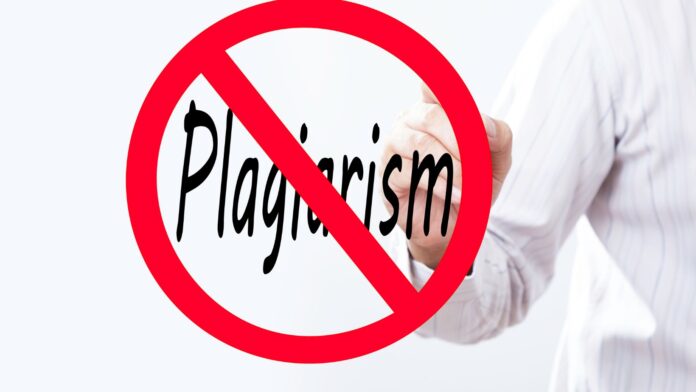Plagiarism is a serious offense that can have severe consequences in both academic and professional settings. It refers to the act of using someone else’s work, ideas, or words without giving them proper credit. In today’s digital age, where information is readily available at our fingertips, it is crucial to understand what constitutes plagiarism and how to avoid it. In this article, I will discuss the different forms of plagiarism and provide examples to help you identify and steer clear of this unethical practice.
One common form of plagiarism is direct copying, where you take someone else’s work word-for-word and present it as your own. This includes copying and pasting from websites, books, or other sources without proper citation. Another form is paraphrasing without attribution, where you rephrase someone else’s ideas or words but fail to give credit to the original source. Additionally, self-plagiarism is also a concern, where you submit your own previously published work as new without acknowledging its prior publication. By understanding these various forms of plagiarism, you can ensure that your work is original and properly attributed.
Which Of The Following Represents Plagiarism?
Plagiarism is a serious offense that can have severe consequences in academic and professional settings. It involves using someone else’s work, ideas, or words without giving them proper credit. This act of intellectual theft not only undermines the integrity of your work but also hinders personal growth and learning.
To better understand what constitutes plagiarism, let’s explore a few scenarios that represent different forms of this unethical practice:
- Direct Copying: This is perhaps the most obvious form of plagiarism, where you copy someone else’s work word for word without any acknowledgment or citation. It’s essential to remember that even if you change a few words here and there, the overall structure and content remain the same, making it plagiarism.
- Paraphrasing without Attribution: Paraphrasing involves rephrasing someone else’s ideas or words in your own words. However, simply changing a few words or rearranging the sentence structure is not enough. Without proper attribution to the original source, it still counts as plagiarism.
- Self-Plagiarism: Self-plagiarism occurs when you submit or reuse your own previously published work without proper citation or acknowledgment. While it may seem harmless, it is still considered unethical because it fails to give credit to the original publication.

Types of Plagiarism
When it comes to plagiarism, it’s important to understand the different types that exist. By recognizing these forms, you can better avoid committing this ethical violation. Let’s dive into the various ways plagiarism can occur:
1. Direct Copying
Direct copying is perhaps the most obvious form of plagiarism. This involves taking someone else’s work, whether it be a sentence, paragraph, or entire document, and presenting it as your own without giving proper credit. It’s essential to always attribute any borrowed material to its original author through proper citations.
2. Paraphrasing Without Attribution
Paraphrasing without attribution is another common form of plagiarism. It occurs when you take someone else’s ideas or words, rephrase them in your own words, but fail to acknowledge the original source. Even if you put the information into your own words, you still need to give credit to the person who originally came up with the ideas.
3. Self-Plagiarism
Self-plagiarism is a lesser-known but still significant form of plagiarism. It involves reusing your own previously published work without proper citation. While it might seem harmless to reuse your own content, it still undermines the integrity of the academic or professional field. It’s important to always provide proper attribution when using your own work in a new context.
Conclusion
Understanding the different forms of plagiarism is essential for maintaining integrity in academic and professional settings. Plagiarism involves using someone else’s work, ideas, or words without proper credit, which undermines the integrity of your own work and inhibits personal growth and learning. By avoiding direct copying, properly attributing paraphrased content, and being mindful of self-plagiarism, we can ensure that our work is original and respects the ideas and efforts of others.
Self-plagiarism, specifically, occurs when individuals present their own previously published work as new or original without proper citation or acknowledgment. This act undermines the principles of academic and professional integrity and fails to recognize the value of creating new and original work. Different forms of self-plagiarism include verbatim reproduction, partial reproduction, and recycling of ideas.


